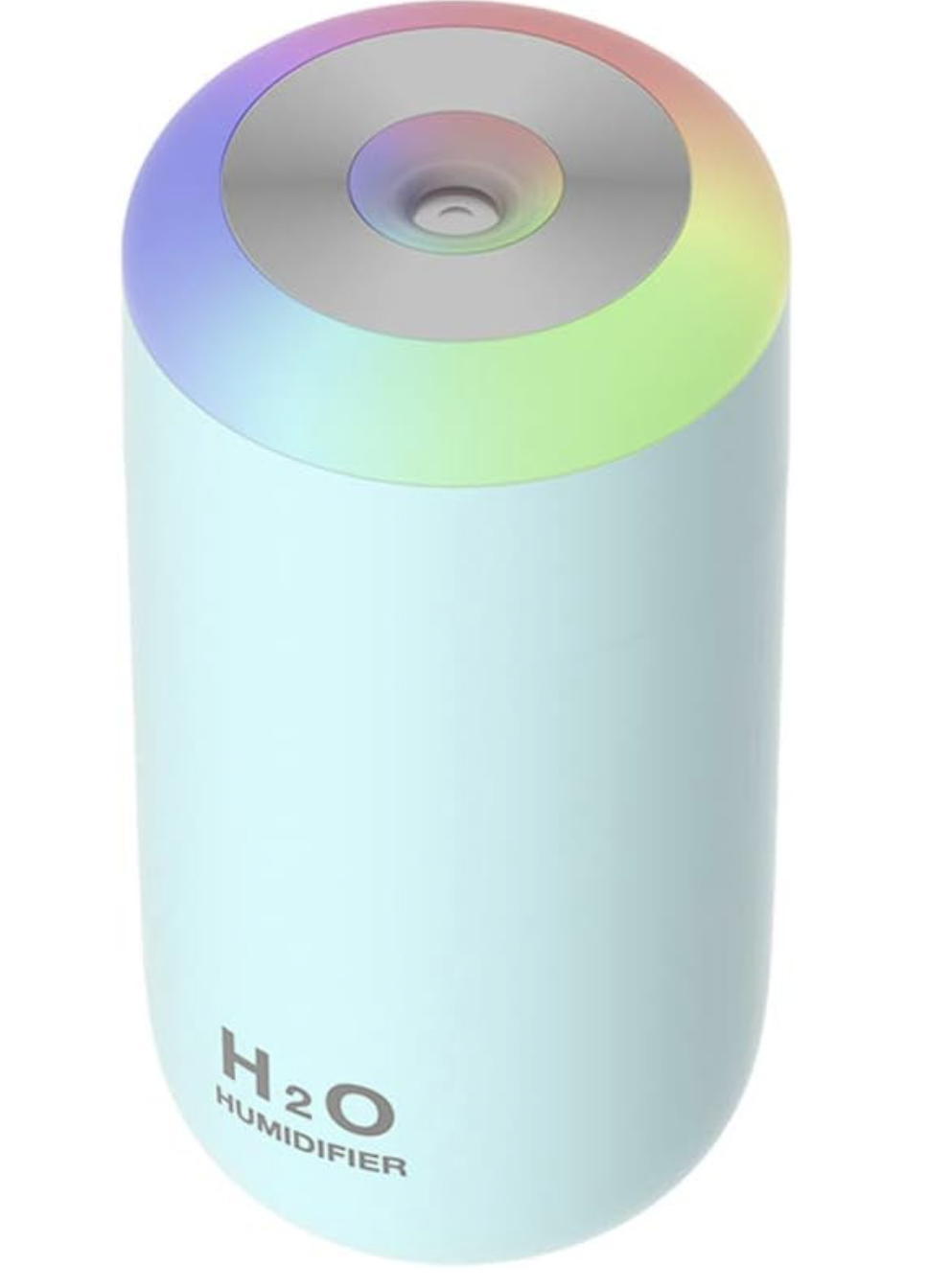Do you really need a humidifier for your indoor plants? Experts agree on whether - and when - this kit is worth it
Experts offer their view on this piece of kit for tropical plants plus easy alternatives for if you don't have or need a humidifier
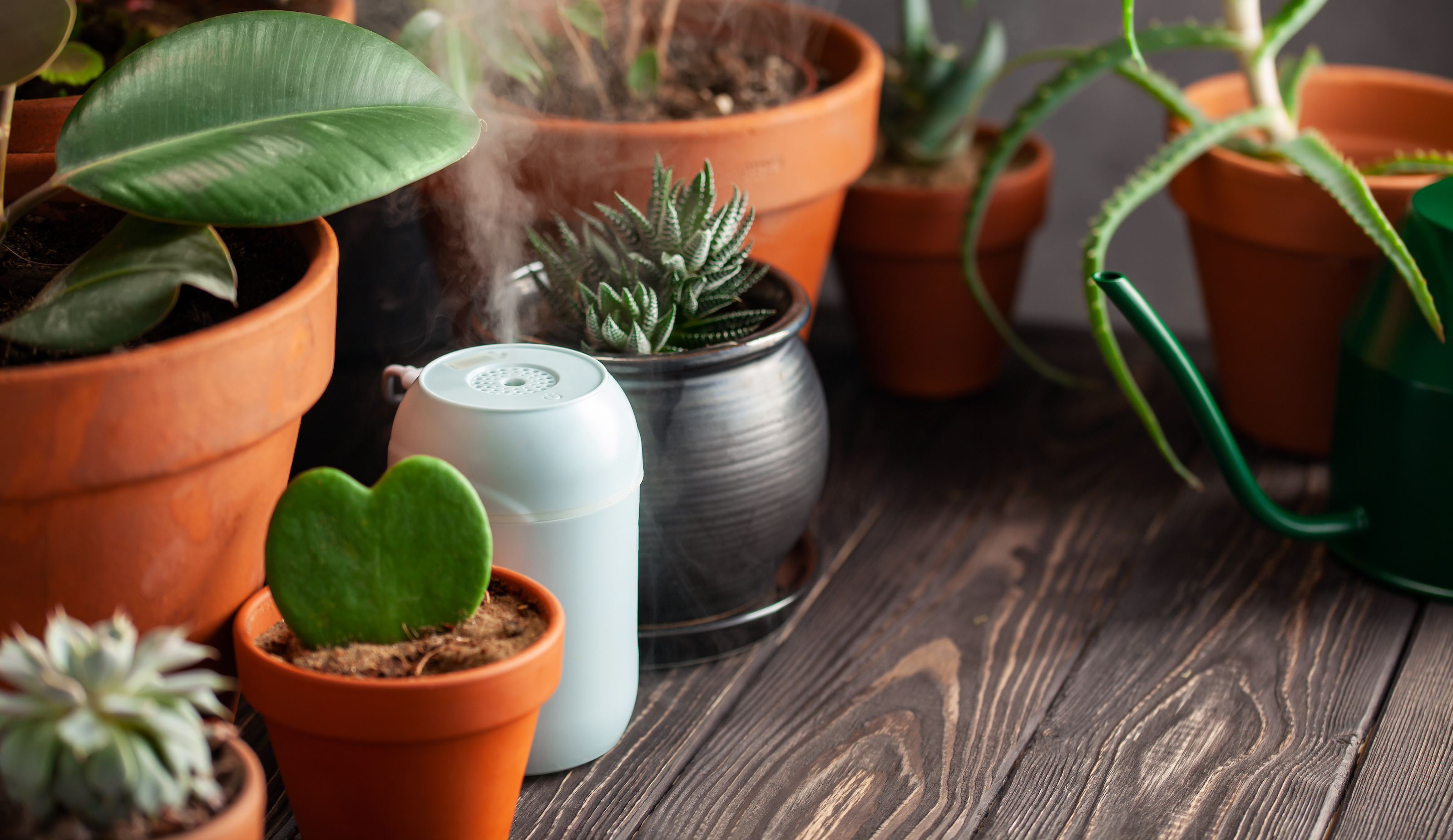
Growing an indoor garden is a popular pastime and there is all sorts of plant paraphernalia to aid the quest for flourishing foliage. One piece of kit touted to help certain species to thrive is a humidifier.
Depending on your levels of dedication, you may have considered whether or not you really need a humidifier for your indoor garden? They're not always the most attractive things to have hanging around. Thankfully, there are some designs that are more sleek and unobtrusive than others.
Alternatively, there are some natural ways to create humidity too. So what's the best way to tell if you need a humidifier or not?
'In their natural habitat many of our houseplants are accustomed to elevated levels of humidity,' says Lisa Eldred Steinkopf, the Houseplant Guru and author of Bloom. 'Many plants are found growing in rain forests that have extreme humidity and balmy temperatures most of the year.
'The humidity in our homes is variable and fluctuates from room to room. It could be as low as 20% in the cold season. Our plants prefer a humidity level of 60% or more to grow optimally. It is ideal if we can create their natural habitat to the best of our ability.'
How to tell if you need a humidifier for your plants
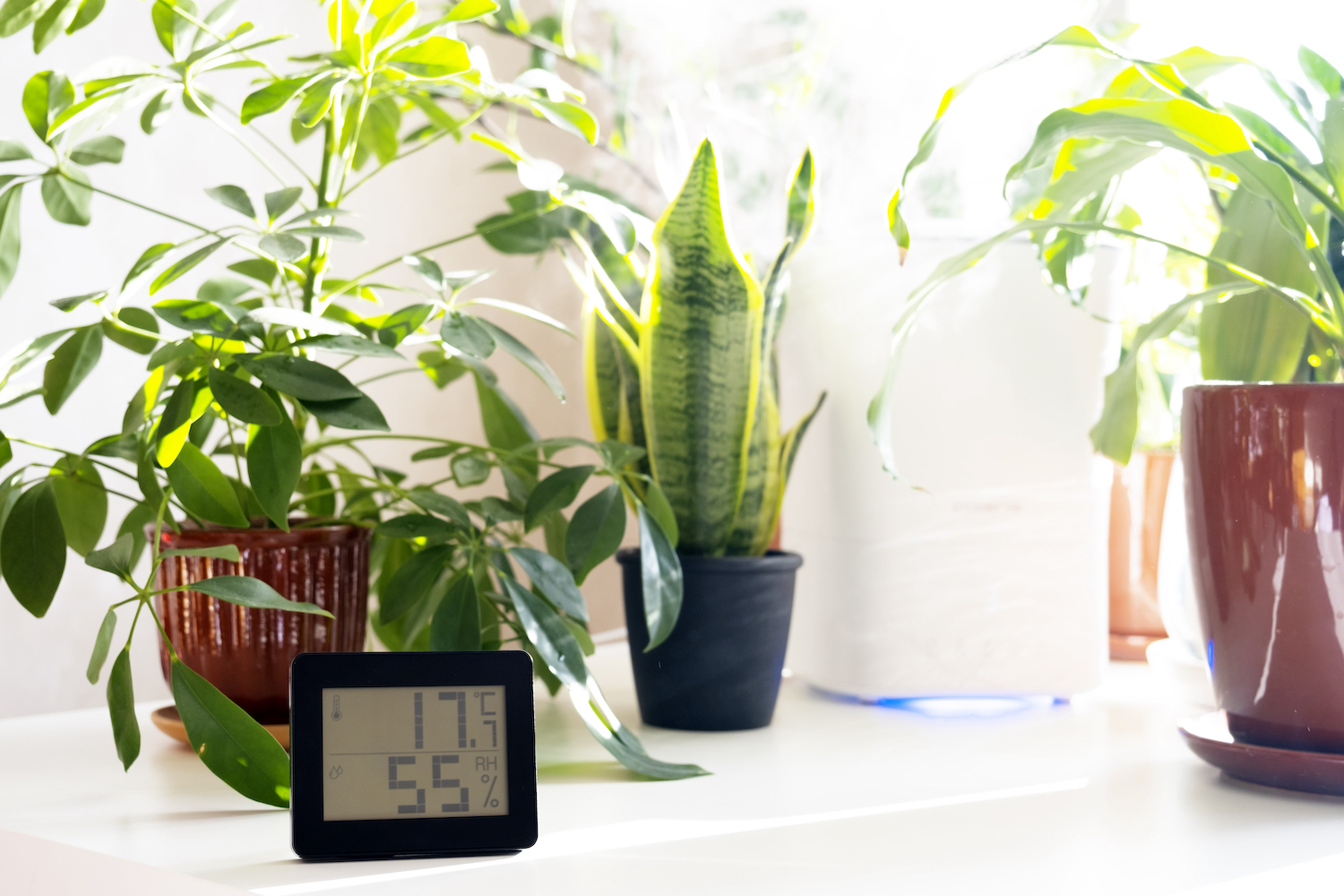
Obviously plants hailing from damp tropical rain forests are more likely to require humidity than desert dwellers like cacti and succulents. So find out where your plants originate from first.
Where you live and the temperature in your home will also be a factor. Whether you're heating your home, or cooling it, both sap moisture levels. This will affect how to get the right humidity for your houseplants.
'AC units dry out the air similar to heating units,' says Paris Lalicata, plant expert at The Sill. 'The only way to properly gauge the humidity levels in the home is by adding a hygrometer to a room to monitor the percentage of water vapor in the air.
When it comes to how to get the humidity level right for plants, there are some simple tricks. 'You can try an LTH meter [like this one on Amazon], which is handheld, so you can walk into any room with it, to measure the level of humidity, as well as light and temperature,' Paris says. 'The plants that usually need a humidifier, if the air in the home is too dry include species of Ferns, prayer plants like the Calathea, Maranta, Stromanthe and Ctenanthe, Fittonia, Alocasia, Palms, and Begonias.'
3 simple ways to create humidity
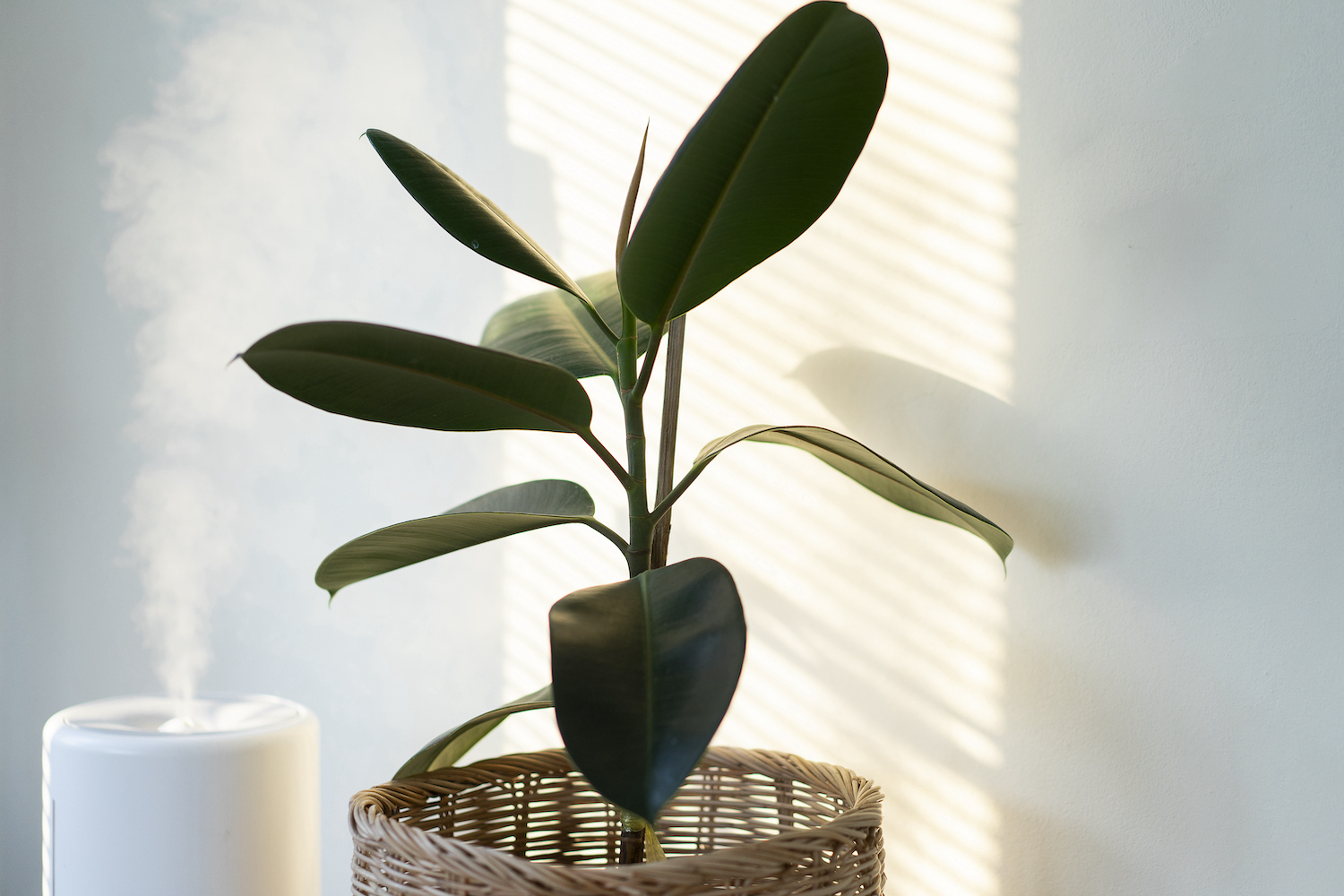
1. Group plants together
'Placing houseplants with similar requirements close together in the same space helps to create a microclimate,' says Paris. 'Plants transpire water vapor from their leaves which gets trapped between the leaves of surrounding plants.'
2. Double pot your plants
'When a plant is being displayed on its own, create a moist atmosphere for it by double-potting,' says William Davidson, author of Dr Houseplant. 'The outer pot should be much larger than the one in which the plant is growing.
'Fill the space between the two pots with moistened moss. The water from the moss will gradually evaporate, creating a moist microclimate around the plant. So the moss must be kept damp.
'If the surrounding air becomes too dry, the plant’s rate of water loss increases, which causes it to wilt.'
3. Stand plants on a pebble tray
'A saucer or drip tray filled with stones or pebbles and water can be placed underneath a planter to localize humidity more consistently around an individual plant,' says Paris. 'Be sure the tray is several inches larger in diameter than the size of the pot so water vapor can hit the leaves once it evaporates.'
When to invest in a humidifier
If grouping plants together, double-potting or placing them on a pebble tray hasn't alleviated the signs of a lack of humidity, such as wilting or browning leaf tips. And your humidity metre shows consistently low moisture levels, it's time to invest in a humidifier for your indoor plants.
'If the relative humidity in the home is very dry, incorporating a humidifier is the best way to localize moisture levels consistently around plants,' says Paris. 'People who live in states that have drier air or where it’s hot and they need to keep the AC on constantly usually need to boost humidity for tropical houseplants.'
Be The First To Know
The Livingetc newsletters are your inside source for what’s shaping interiors now - and what’s next. Discover trend forecasts, smart style ideas, and curated shopping inspiration that brings design to life. Subscribe today and stay ahead of the curve.
Jacky Parker is a London-based freelance journalist and content creator, specialising in interiors, travel and food. From buying guides and real home case studies to shopping and news pages, she produces a wide range of features for national magazines and SEO content for websites
A long-time contributor to Livingetc, as a member of the team, she regularly reports on the latest trends, speaking to experts and discovering the latest tips. Jacky has also written for other publications such as Homes and Gardens, Ideal Home, Red, Grand Designs, Sunday Times Style and AD, Country Homes and Interiors and ELLE Decoration.
-
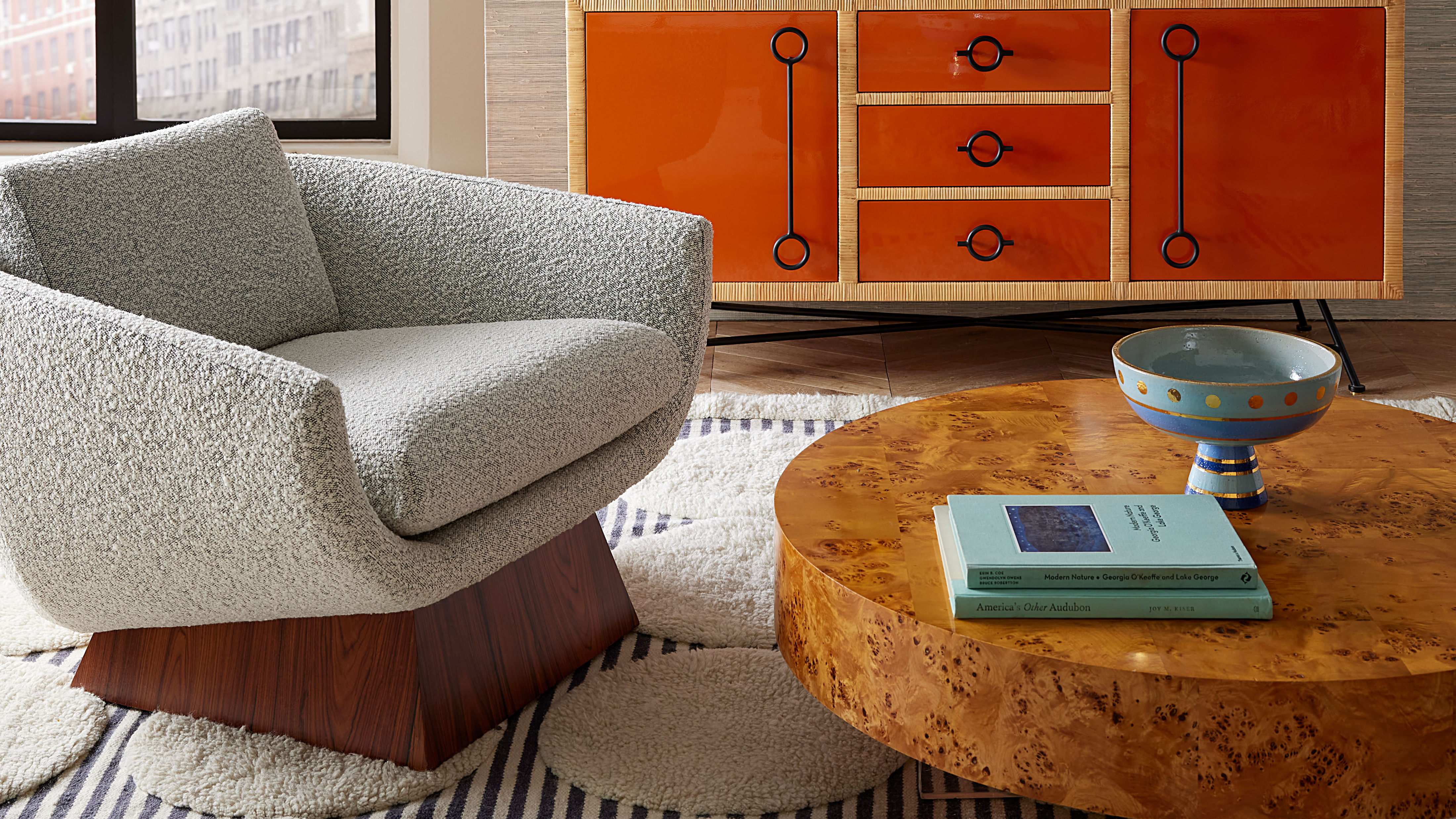 Burl Wood Decor Is 2025’s Most Coveted Comeback — Here’s How to Get the Storied Swirls for Less
Burl Wood Decor Is 2025’s Most Coveted Comeback — Here’s How to Get the Storied Swirls for LessIrregularity is the ultimate luxury, but you don’t need an antiques dealer to find it
By Julia Demer Published
-
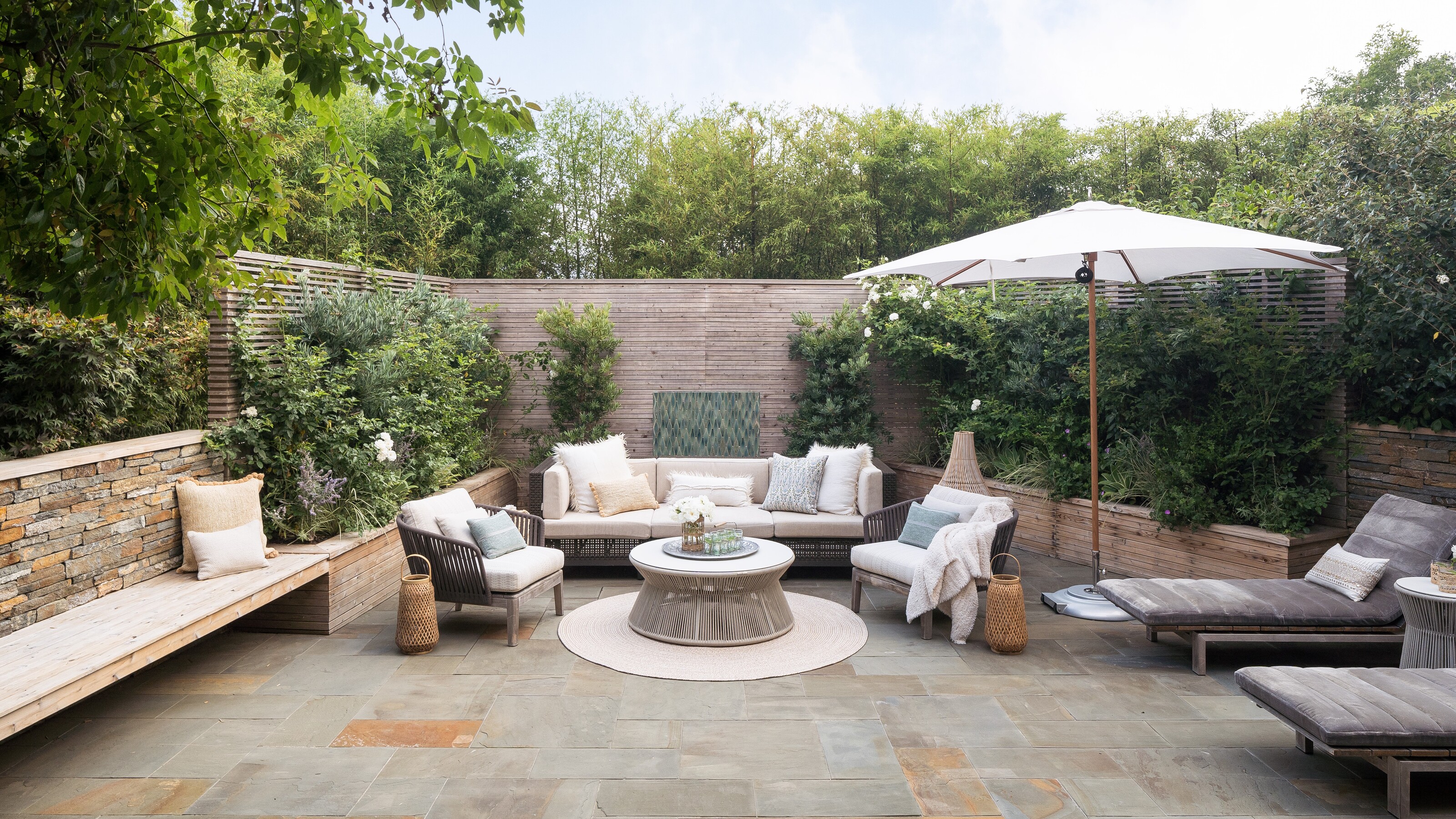 5 Garden Features That Instantly Add Value to Your Home — While Making Your Outdoor Space More Practical, too
5 Garden Features That Instantly Add Value to Your Home — While Making Your Outdoor Space More Practical, tooGet to know all the expert tips and tricks for making your backyard a standout selling point for your home.
By Maya Glantz Published
